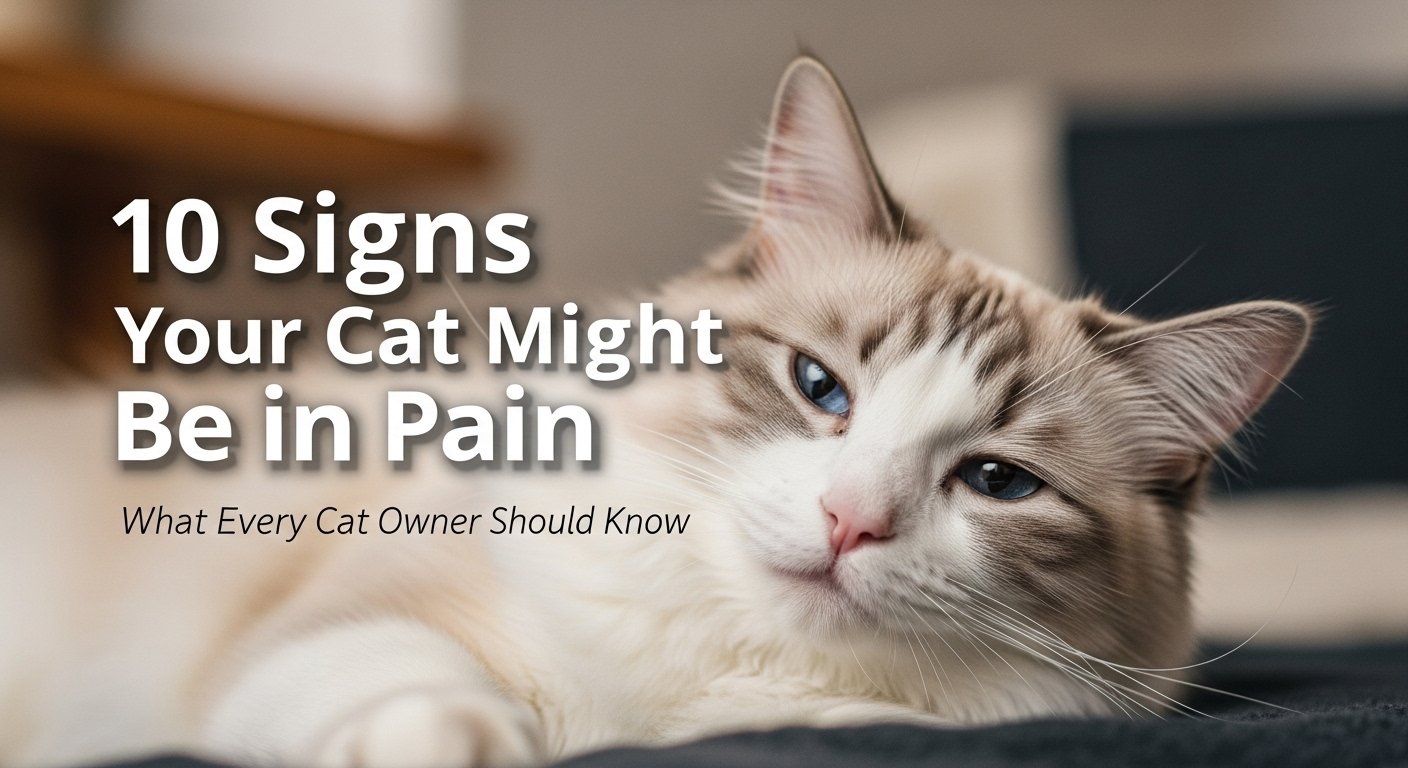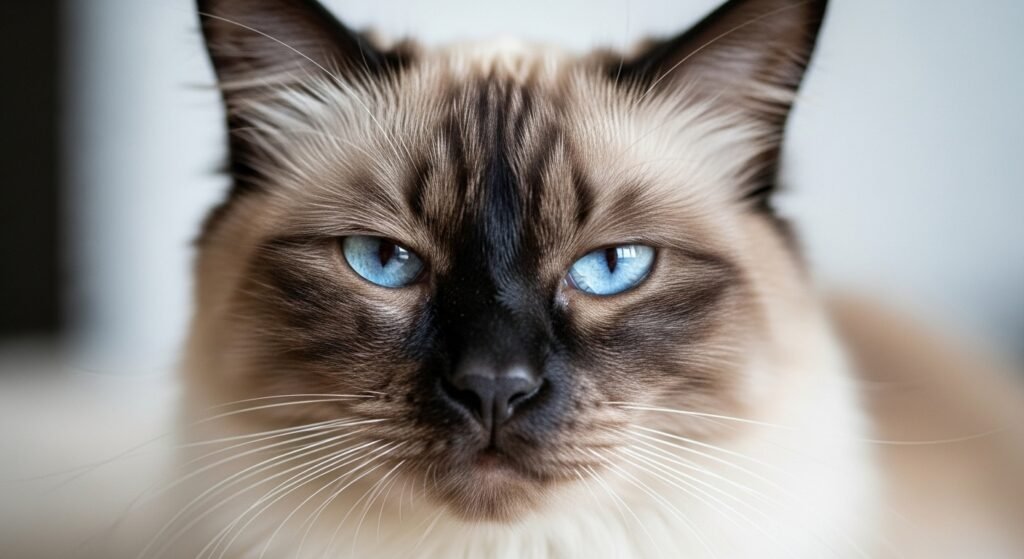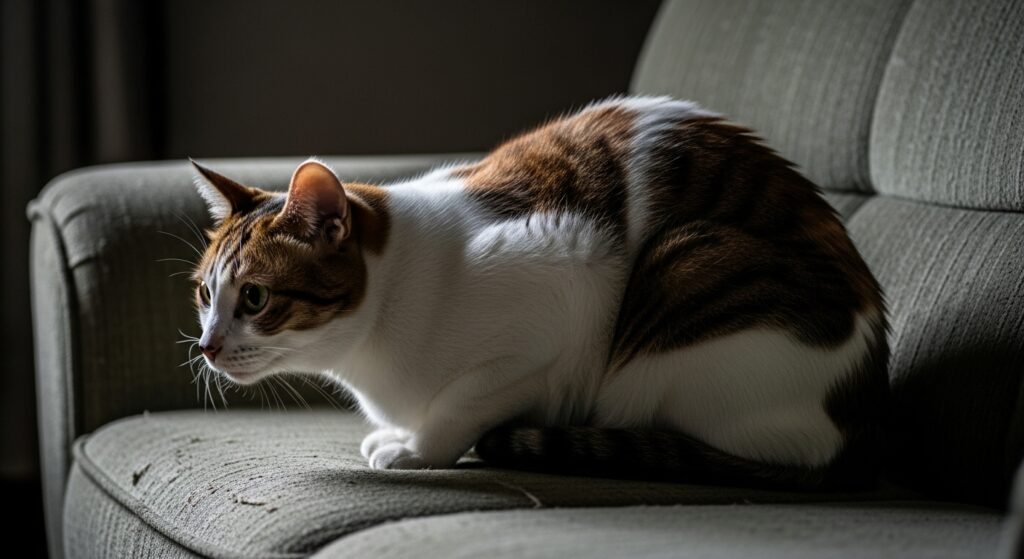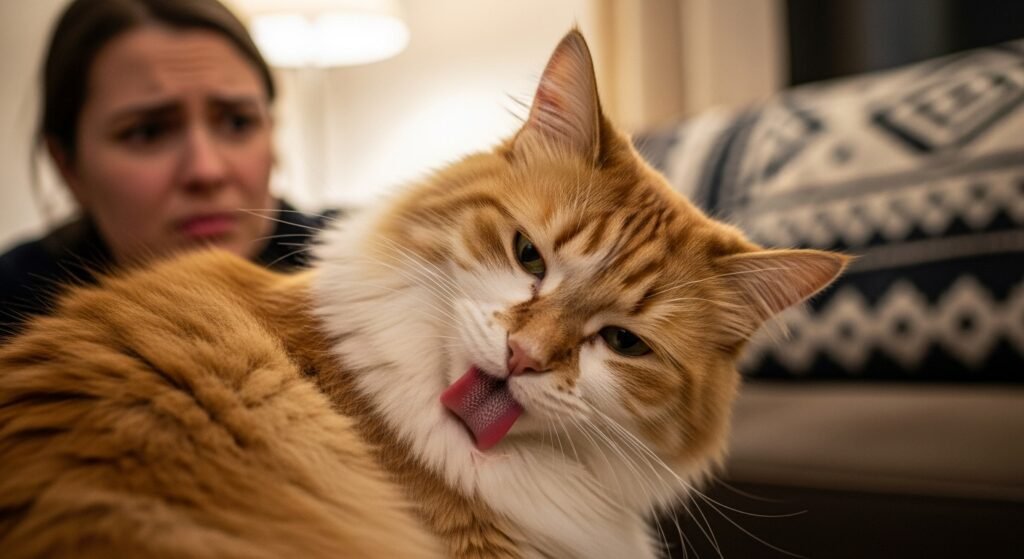
10 Common Signs Your Cat Might Be in Pain
10 Common Signs That Your Cat May Be in Pain Cats are well known for being stoic animals. In the wild, displaying signs of vulnerability could put them at risk, so even pets tend to conceal their pain until it becomes severe.
As a cat parent, it’s important to recognize subtle changes in behavior or body language that could indicate your feline friend isn’t feeling well.
Here are 10 common signs your cat might be in pain and what you should do if you notice them.
1. Changes in Grooming Habits
- Overgrooming: Repeatedly licking or biting a specific spot can indicate pain in that area.
- Undergrooming: A normally tidy cat may appear greasy or matted if grooming is painful.
- Pain in the mouth, joints, or skin can make normal grooming difficult.
2. Decreased Appetite or Drinking
If your cat suddenly eats less, it may be due to:
- Dental pain
- Nausea
- Discomfort when moving to the food bowl
Cats that stop eating for more than 24 hours should be seen by a vet immediately this can lead to serious liver problems (hepatic lipidosis).

3. Hiding More Than Usual
A cat in pain may seek quiet, hidden spots where they won’t be disturbed. This is a natural instinct to protect themselves when feeling vulnerable. If your usually sociable cat starts avoiding you, it’s a warning sign.
4. Changes in Posture or Movement
- Stiffness or limping
- Hunched posture with head lowered
- Reluctance to jump or climb
Pain from arthritis, injuries, or internal issues can all affect how your cat moves.
5. Altered Litter Box Habits
Accidents occurring outside the litter box, as well as difficulty urinating or defecating,
and avoidance of the litter box due to discomfort when getting in or out.
These changes may indicate urinary tract issues, constipation, or joint pain

6. Changes in Vocalization
Some cats become more vocal when in pain, while others may grow unusually quiet.
An increase in meowing, growling, or hissing sounds; crying when touched or picked up; and changes in pitch or volume of their voice.
7. Facial Expression Changes
- Squint or partially close their eyes
- Flatten their ears
- Hold their whiskers forward or tight against their face
These subtle cues can indicate discomfort, especially when combined with other signs.
Aggression or Irritability
Pain can make even the gentlest cat cranky. They might:
- Swat when touched in certain areas
- Hiss when approached
- Avoid being handled altogether
This isn’t “bad behavior” it’s a self-protective response.

9. Changes in Breathing
Rapid, shallow, or labored breathing can signal pain especially chest or abdominal discomfort.
You might also notice:
- Panting (unusual for cats)
- Flared nostrils
- Breathing with an open mouth.
10. Lethargy or Low Energy
A cat in pain may sleep more, play less, and seem generally disinterested in their surroundings.
While cats do sleep a lot naturally, a sudden drop in activity level is worth noting.
What to Do If You Suspect Your Cat Is in Pain
- Schedule a Vet Visit
- Pain is a symptom rather than a medical diagnosis. Your veterinarian can help identify the cause of the issue and can provide recommendations.
- Avoid Giving Human Medications
- Many are toxic to cats (especially acetaminophen and ibuprofen).
- Provide a Comfortable Environment
- “Soft bedding, easy access to food/water, and quiet spaces can help”
- Monitor Closely
- Keep track of changes in eating, movement, and behavior to share with your vet.
When It’s an Emergency
Seek immediate veterinary care. If your cat is unable to move or walk, cries out in distress repeatedly, has difficulty breathing, or shows signs of severe injury or bleeding, seek immediate veterinary care.
Final Thoughts
Cats excel at hiding pain, but recognizing subtle signs helps prevent problems from worsening.
Your attentiveness could mean the difference between a quick recovery and prolonged suffering so Trust your instincts, and always prioritize caution.



